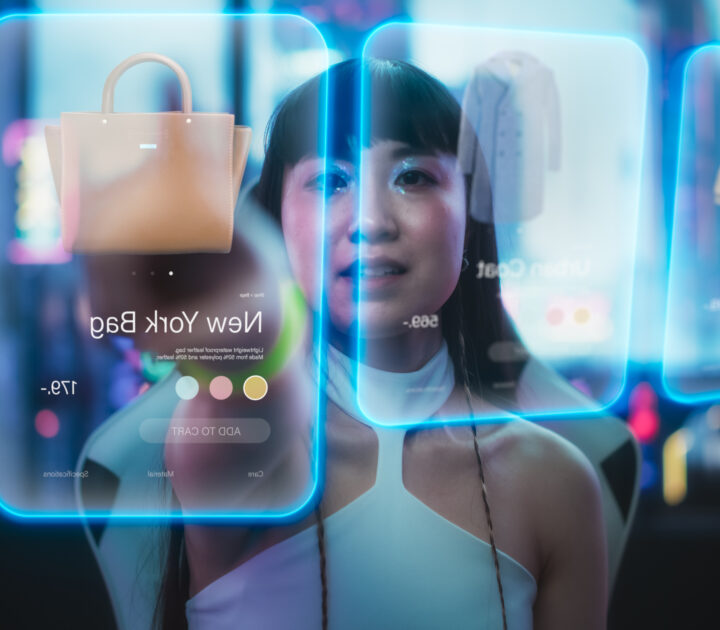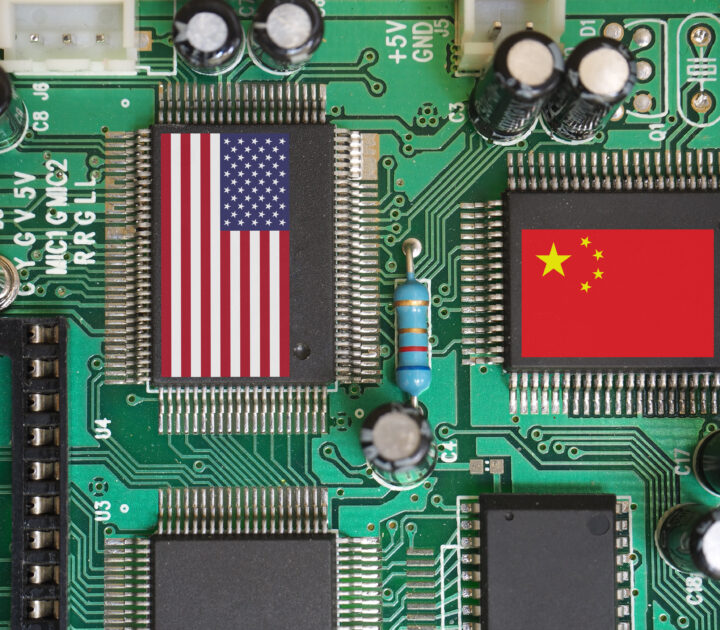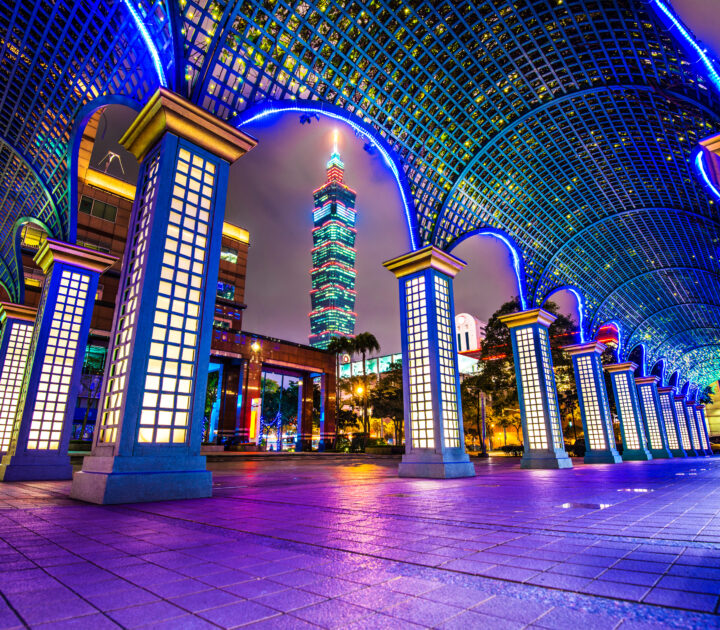
7 Chinese business trends to watch out for in 2020
In the eyes of Chinese people, 2020 is the beginning of a new cycle. It marks the end of the country’s decade-long quest to double its GDP from its 2010 level. It is also the Year of the Rat, the first animal in the Chinese zodiac.
This is also a year when we can expect to see a number of new business trends emerge from the world’s second-largest economy. Here are a few I think will be worth watching out for this year.
Super-large scale retail
Total retail sales of consumer goods in China in 2019 will exceed RMB40 trillion ($5.8 trillion), and the country will surpass the United States to become the world’s largest consumer market. In addition, China has the largest and most complete supply chains in the world, and its GDP growth rate is more than double that of the United States. This looks set to continue throughout 2020.
Economic restructuring
China’s large-scale economic restructuring will begin to show effect in 2020.
The three major industries that have supported China’s rapid economic development in the past – traditional manufacturing, construction and real estate – will be replaced by three new pillar industries: strategic emerging industries, services and modern manufacturing.
This change can be seen from the slowdown of the traditional automobile industry and the rise of new energy vehicles. Tesla’s Shanghai plant has been put into production – the largest foreign-funded manufacturing project in Shanghai. Tesla sales in China have been steadily climbing every year.
China the brand
The winner of the Tmall Golden Makeup Award for 2019 was the ‘Perfect Diary’, a new Chinese brand that is only two years old, with established makeup brands L’Oreal and Estee Lauder coming in second and third.
Ten years ago, many Chinese brands made an effort to look like they were a foreign product to attract local customers. Now, things have changed and more and more brands are molding themselves in Chinese traditions and style. One of the most popular shoes by Chinese shoe company Li-Ning in 2019 was the ‘Wu Dao’ (悟道), which was launched at New York Fashion Week. Huawei’s operating system, meanwhile, is called ‘Hong Meng’ (鸿蒙)”.
A leader in hard technology
China’s hard technologies, such as 5G, artificial intelligence, semi-conductors, driver-less vehicles, cloud computing and blockchain technology, which have been developing rapidly for several years, are now entering a new stage with China at the forefront.
Take 5G, for example. Chinese companies own 36% of the world’s 5G patents – a fact that will not please the United States and one of the triggers of the ongoing controversy regarding Huawei.
Meanwhile, another Chinese company, DJI, is responsible for more than 70% of the global drone market.
The digital transformation of manufacturing is accelerating
The penetration rate of the internet in terms of Chinese consumers has been high for some time now, and this is beginning to spread to industry.
While the US and Europe have been moving manufacturing overseas, China – the world’s largest manufacturing base – has a natural advantage and is well-set to become the global leader of the Industrial Internet of Things. China’s major manufacturing companies, such as XCMG and Sany, are all undergoing strategic digital transformations.
The structure of consumption is changing
In 2020, China’s per capita GDP will exceed $10,000, and its middle class will become the main force behind consumption. In 2019, consumer retail spending increased 8 percent year on year – higher than the income growth of 6 percent. People born during the 1990s are more enthusiastic about paying for purchases in instalments, and they maintain this higher level of current spending by not buying a home.
The rise of the internet celebrity economy
Throughout 2019, multiple internet celebrities made headlines – and a lot of money – by selling products online. Li Jiaqi, for example, sold the most lipsticks in China and earned RMB200 million ($29 million) in commissions. Meanwhile, ‘Taobao Queen’ Viya earned even more money than Mr Li.
The stock prices of companies related to these internet celebrities has soared, further establishing an ‘Internet Celebrity Economy Sector’. Well-known brands are lining up to cooperate with the top internet celebrities.
Despite all these trends and significant shifts, 2020 will still be a year full of challenges and opportunities for companies operating in China. Local companies are becoming stronger, competition is getting fiercer, and consumers are fast-becoming more discerning.
Tellingly, according to the McKinsey Global Institute’s China-World Exposure Index, China’s exposure to the rest of the world in terms of trade, technology and capital, is falling, while the world’s exposure to China is increasing.
Research Information & Knowledge Hub for additional information on IMD publications
The case describes the strategic evolution of FUCHS China under the leadership of Zhu Qingping as the company transformed into a vital contributor ...
In a world where agility and global foresight are crucial for business survival and growth, the FUCHS case presents a compelling narrative of trans...
China has announced that in 2023 its population declined from 1.4118 to 1.4097 billion people. Forecasting by the UN suggests China’s population wi...
Research Information & Knowledge Hub for additional information on IMD publications
Research Information & Knowledge Hub for additional information on IMD publications
Research Information & Knowledge Hub for additional information on IMD publications
in The Conversation 12 February 2024
Research Information & Knowledge Hub for additional information on IMD publications
Research Information & Knowledge Hub for additional information on IMD publications
Research Information & Knowledge Hub for additional information on IMD publications
in I by IMD 6 February 2024
Research Information & Knowledge Hub for additional information on IMD publications
in I by IMD 6 February 2024
Research Information & Knowledge Hub for additional information on IMD publications
Research Information & Knowledge Hub for additional information on IMD publications
in I by IMD 12 January 2024
Research Information & Knowledge Hub for additional information on IMD publications






